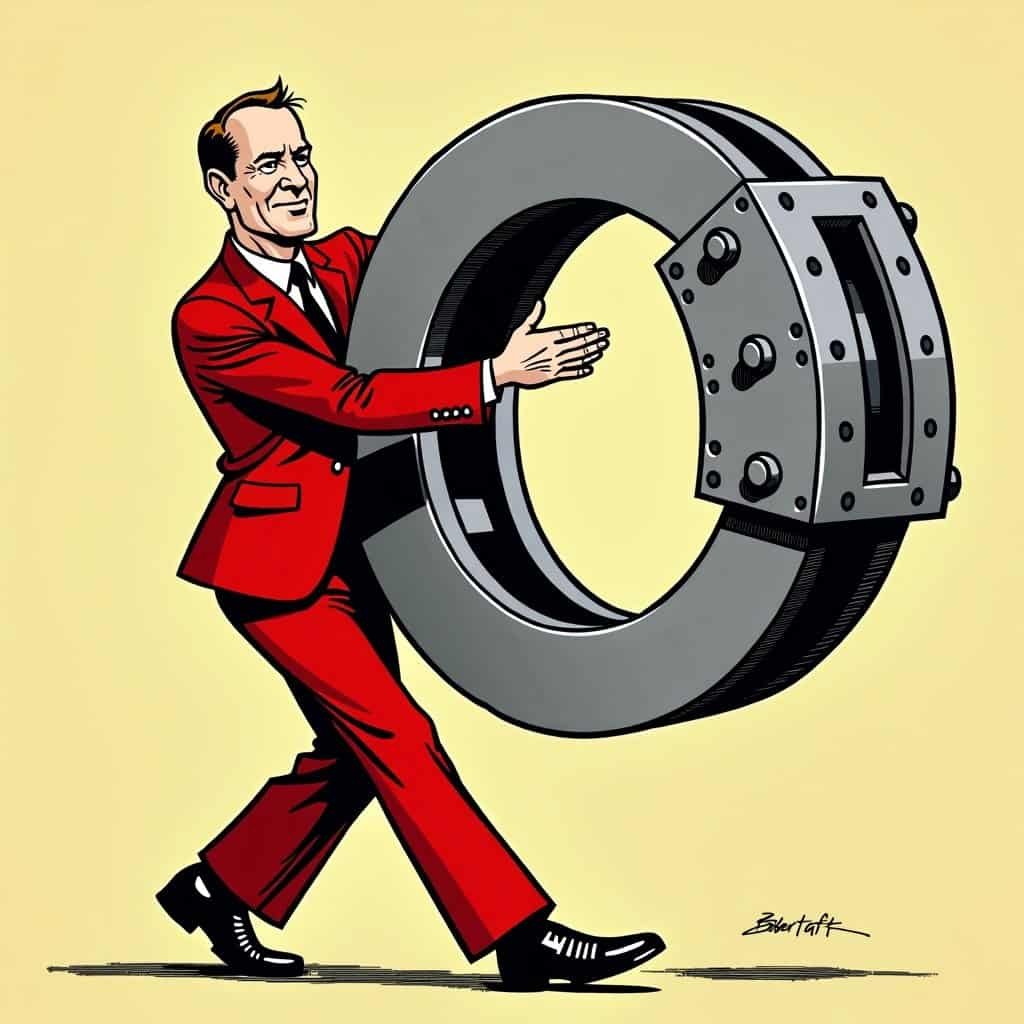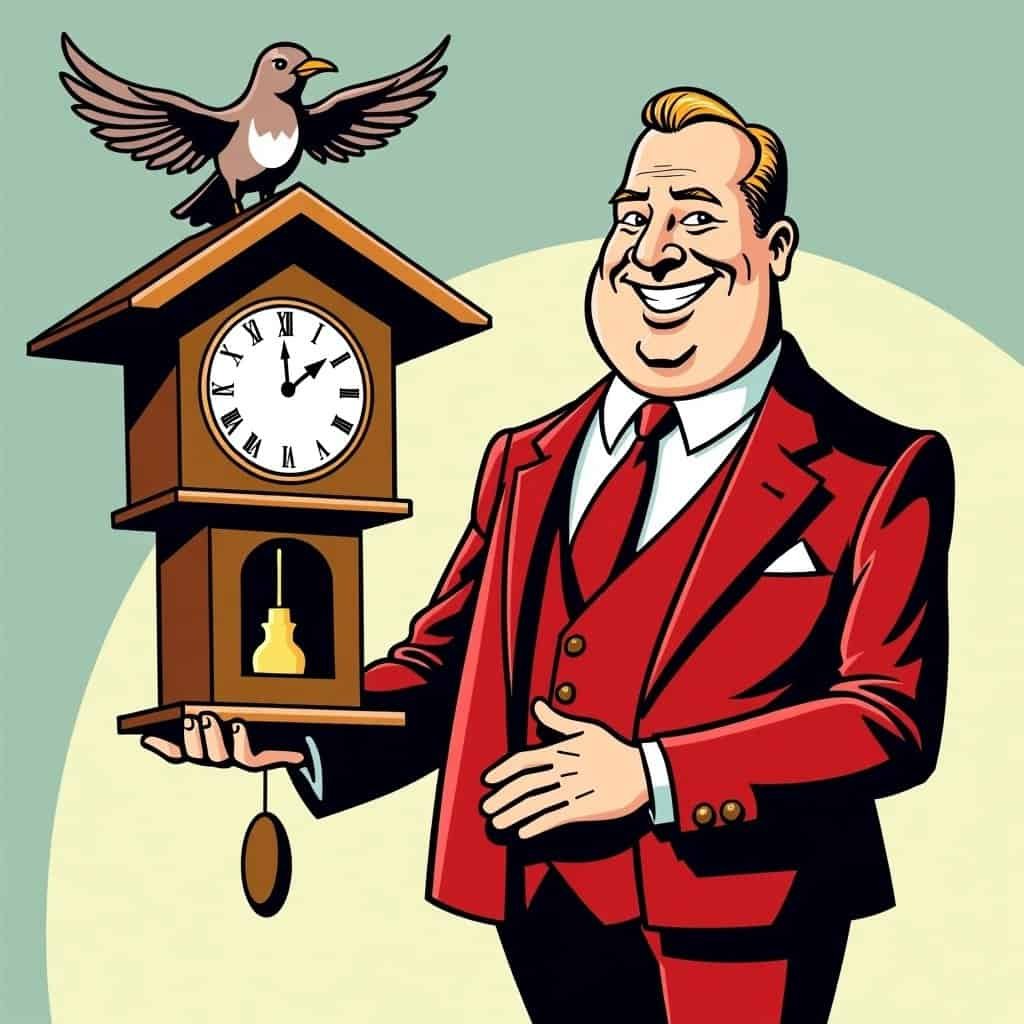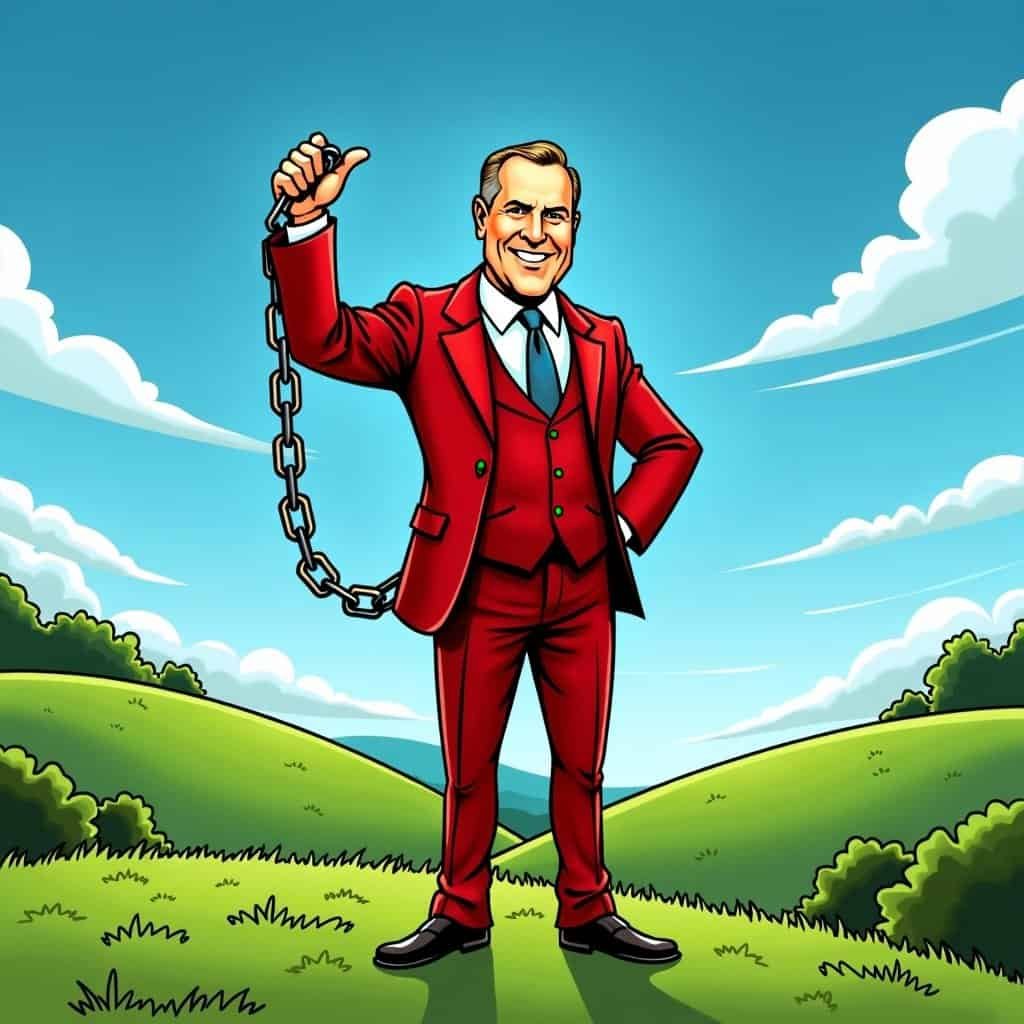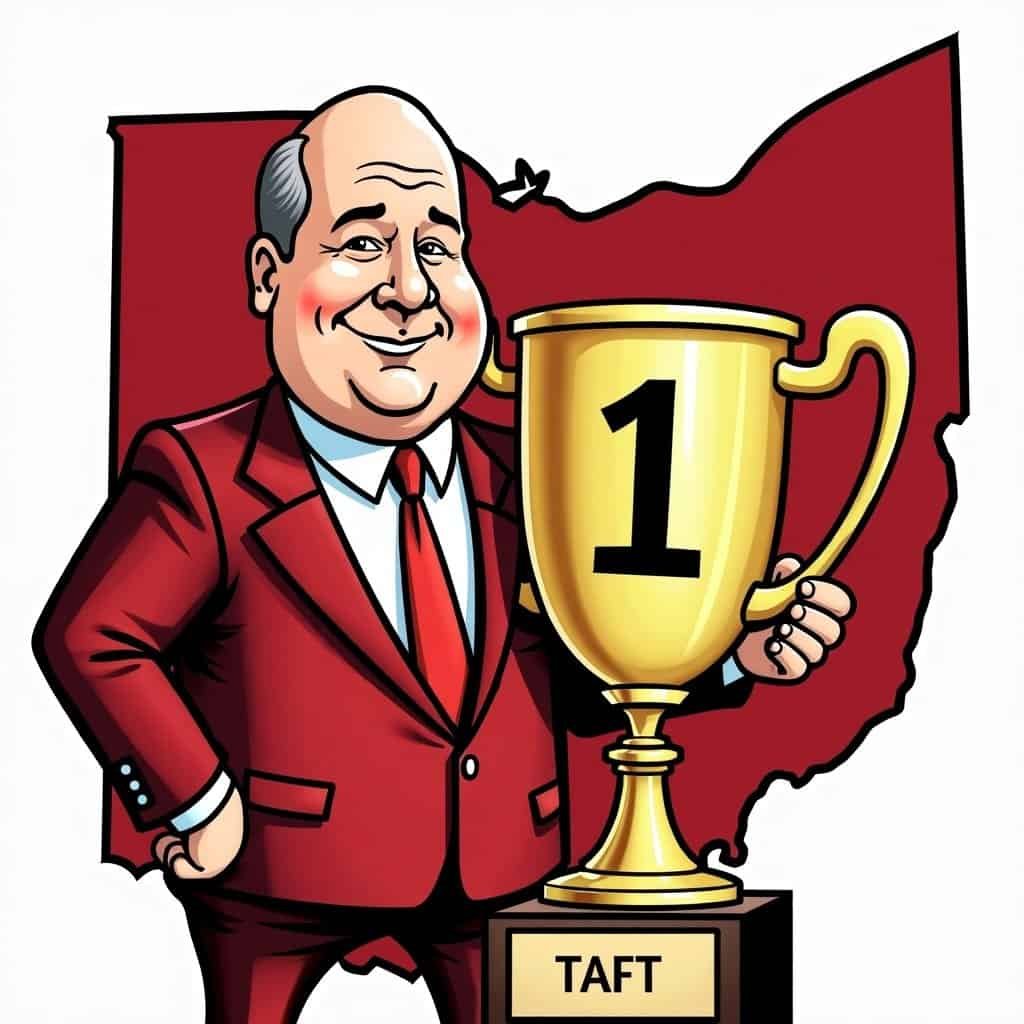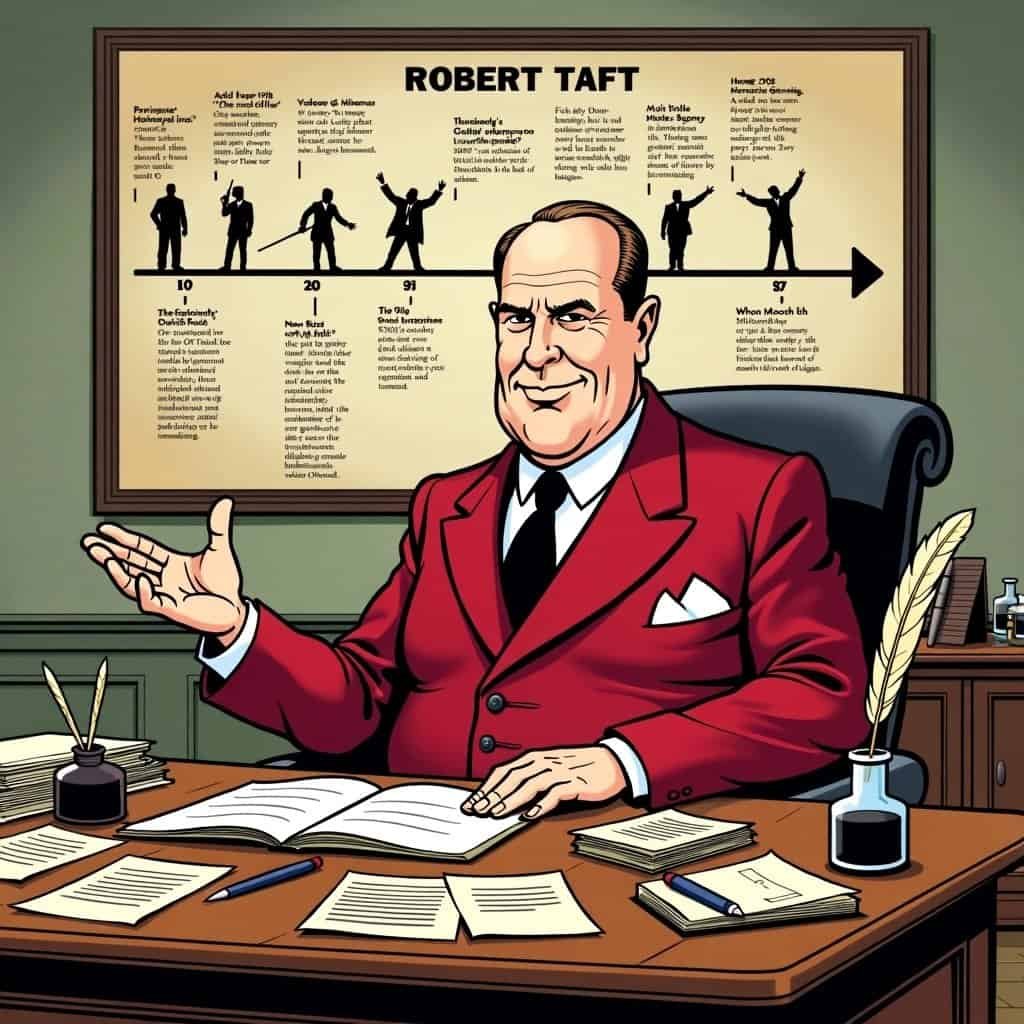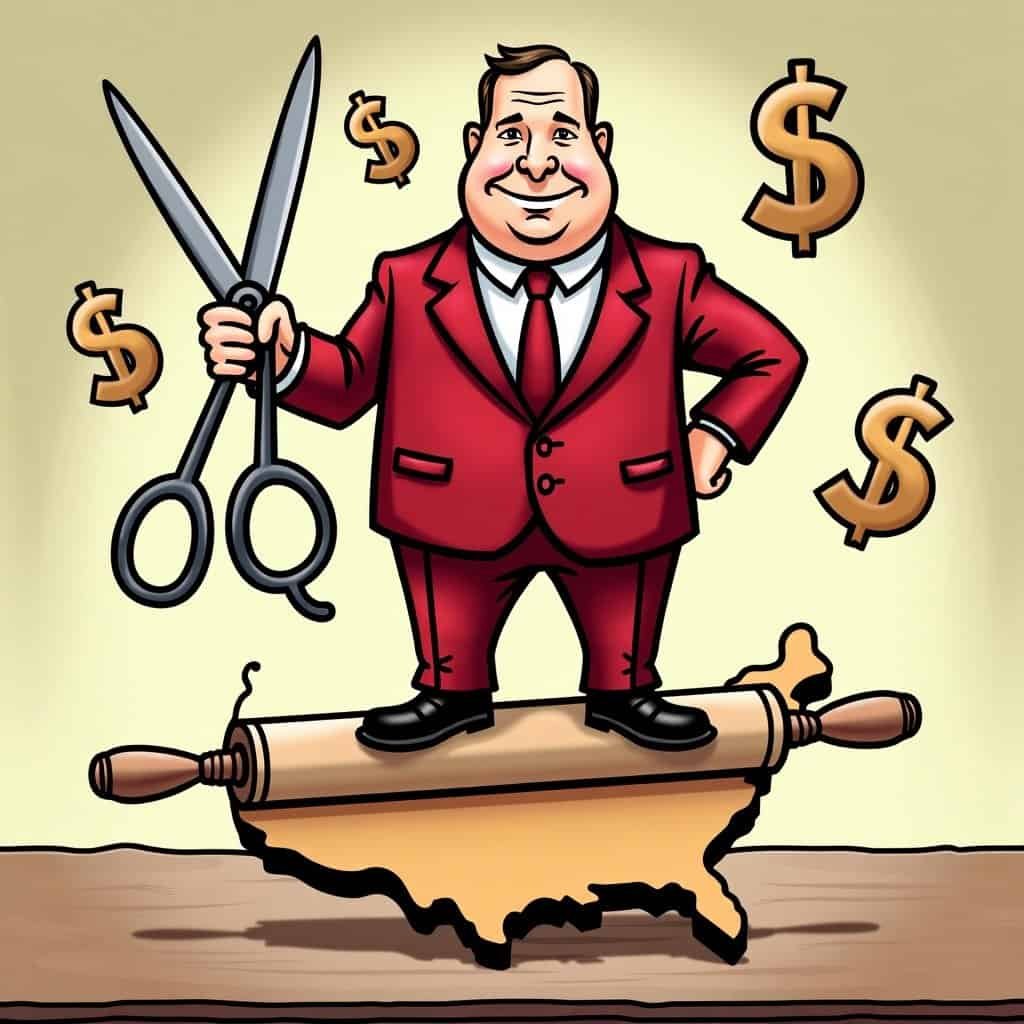Political passion and practical performance collided in 1947 with the introduction of the Taft-Hartley Act. If you’re unfamiliar with Robert Taft, buckle up for a wild ride. Known as ‘Mr. Republican,’ this guy could orchestrate a conservative symphony like nobody’s business.
Liberals often get misty-eyed about workers’ rights and unions, painting rosy pictures of the working class triumphing over corporate bigwigs. The Taft-Hartley Act didn’t exactly fit their narrative. Taft, in his infinite wisdom, saw what some might call chaos in the labor movement and decided it was time for a new arrangement. One that would keep labor from hitting those ear-piercing high notes.
In a world where unions were starting to feel like that overzealous karaoke singer who hogs the mic and forgets the lyrics, Mr. Taft knew it was time to bring back some balance.
The Impact of the Taft-Hartley Act
| Before Taft-Hartley | After Taft-Hartley |
|---|---|
| Unrestricted union power | Balanced labor-management relations |
| Frequent disruptive strikes | More regulated strike processes |
| Coercive union tactics | Fairer negotiation practices |
The Act brought a semblance of order to the industrial scene, setting up rules that made corporate agreements less like hostage situations and more like actual negotiations. It was pretty straightforward: tone down the extremes, get everyone on the same page, and maybe, just maybe, the American Dream could start humming a happier tune.
In a twist that would make Taft chuckle, this conservative push actually ended up humanizing unions by reminding them that they too had limits. Striking became less of a free-for-all and more of a civilized chat around the conference table. It was less about us-versus-them and more about finding common ground before things got out of hand.
The Republican Approach
True to Republican form, this legislation aimed to bring some order to the unruly world of unionized labor. Like any good teacher knows, sometimes a raised eyebrow works better than yelling. Workers could voice their concerns without camping out on the streets, leaving factories as quiet as a mouse in a library. Companies could breathe easier, not having to risk it all on every negotiation. It’s all about playing fair, right? Everyone wants to party, but someone’s got to clean up afterward.
Taft’s Lasting Legacy
So, let’s raise a glass (or a cowboy hat if you’re feeling Texan) to Mr. Taft for realizing that the American economy is more of a dance than a solo performance. It’s about working together. The Taft-Hartley Act, love it or hate it, got labor and management to at least consider drinking from the same coffee pot – even if they weren’t quite ready to share a mug.
At its core, Robert Taft and his Act gave labor unions and management teams something priceless: the ability to see that everyone does better when they work together instead of constantly butting heads. That’s the real rhythm of the American economy. So the next time someone drops Robert Taft’s name, don’t just stand there. Give a little twirl and a grin, because this political virtuoso knew how to make the economy sing. And that, my friends, is worth taking a spin on the conservative dance floor.
